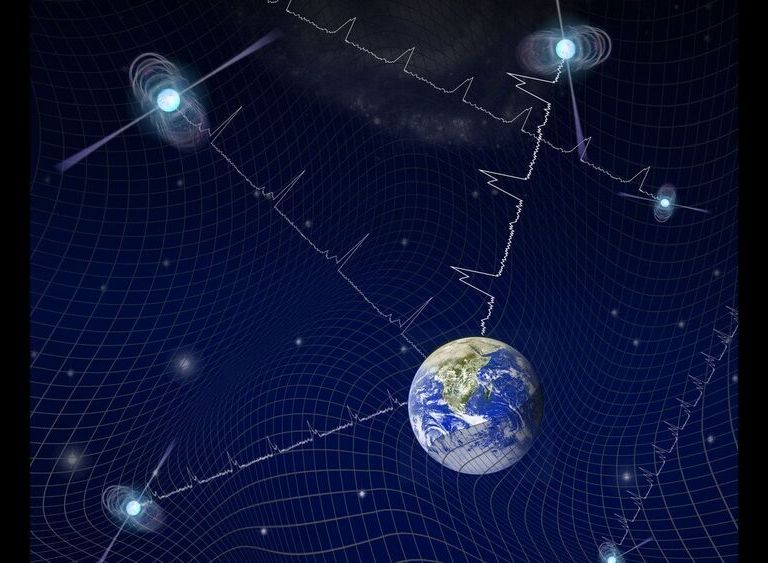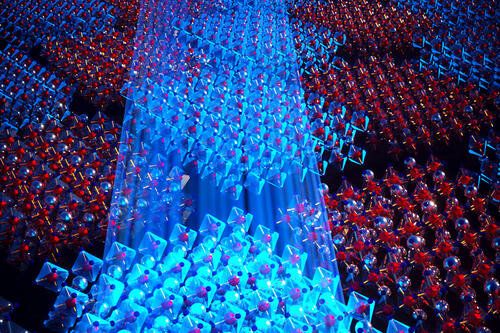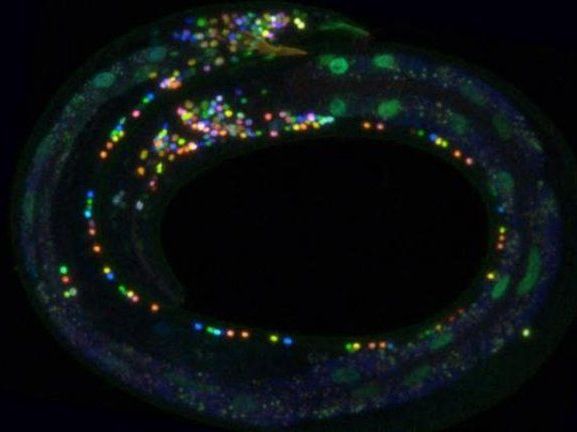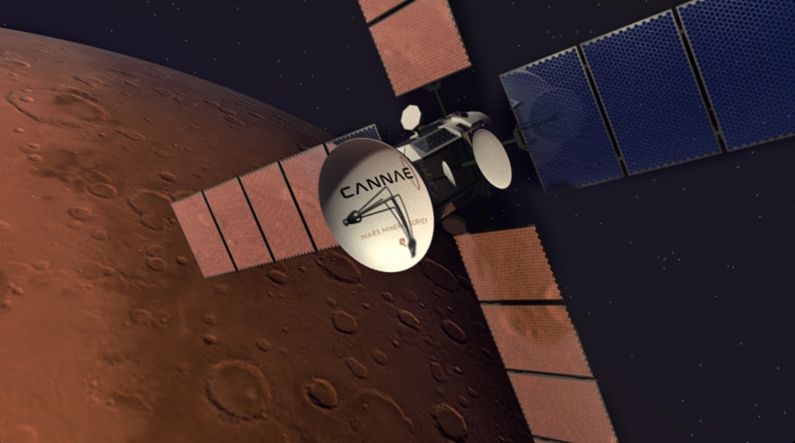You might not think of volcanoes as particularly musical, but they do actually generate infrasound! And scientists may be able to use that sound to help predict when a volcano is about to erupt.
Hosted by: Michael Aranda.
SciShow has a spinoff podcast! It’s called SciShow Tangents. Check it out at http://www.scishowtangents.org.
———
Support SciShow by becoming a patron on Patreon: https://www.patreon.com/scishow.
———
Huge thanks go to the following Patreon supporters for helping us keep SciShow free for everyone forever:
Silas Emrys, Jb Taishoff, Bd_Tmprd, Harrison Mills, Jeffrey Mckishen, James Knight, Christoph Schwanke, Jacob, Matt Curls, Sam Buck, Christopher R Boucher, Eric Jensen, Lehel Kovacs, Adam Brainard, Greg, Ash, Sam Lutfi, Piya Shedden, KatieMarie Magnone, Scott Satovsky Jr, charles george, Alex Hackman, Chris Peters, Kevin Bealer.
———
Looking for SciShow elsewhere on the internet?
Facebook: http://www.facebook.com/scishow.
Twitter: http://www.twitter.com/scishow.
Tumblr: http://scishow.tumblr.com.
Instagram: http://instagram.com/thescishow.
———
Sources:
https://agupubs.onlinelibrary.wiley.com/doi/abs/10.1029/2018JB015561
https://agupubs.onlinelibrary.wiley.com/doi/full/10.1002/2015GL064466
https://link.springer.com/article/10.1007%2Fs00024-014-0884-x.
https://agupubs.onlinelibrary.wiley.com/doi/full/10.1002/2014JB011002
https://agupubs.onlinelibrary.wiley.com/doi/full/10.1002/2017GL076506
https://www.mdpi.com/2220-9964/8/8/341/pdf.
https://www.nature.com/articles/ngeo104
https://www.bbc.com/news/world-latin-america-31708312
Image Sources:
https://commons.wikimedia.org/wiki/File: Puc%C3%B3n,_2019_(01),_Volc%C3%A1n_Villarrica.jpg.
https://commons.wikimedia.org/wiki/File: Villarrica_lava_fountain.jpg.
https://commons.wikimedia.org/wiki/File:Villarica_Volcano_(aerial_view)1.jpg.
https://commons.wikimedia.org/wiki/File:Calbuco_Ash_on_the_Move,_April_27,_2015.jpg.
https://earthobservatory.nasa.gov/images/85465/eruption-of-villarrica-volcano







